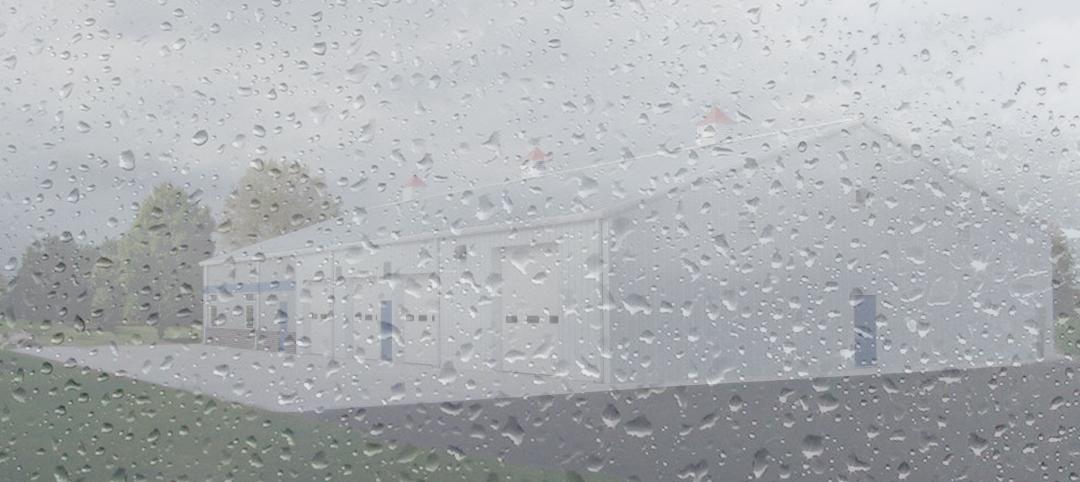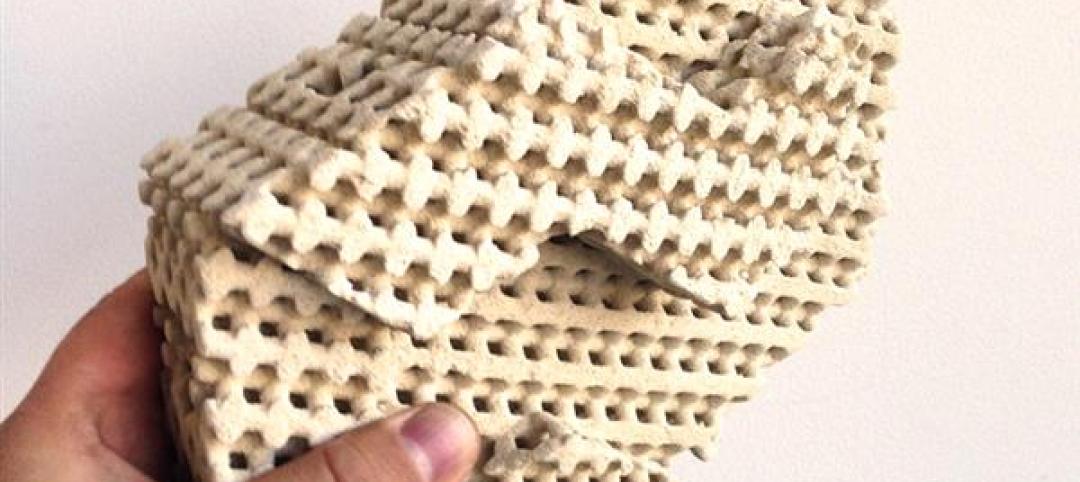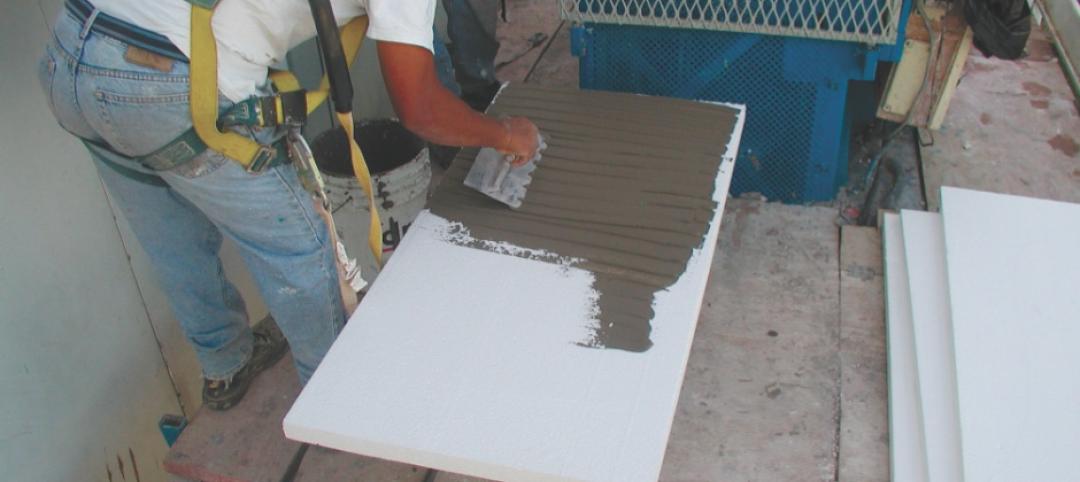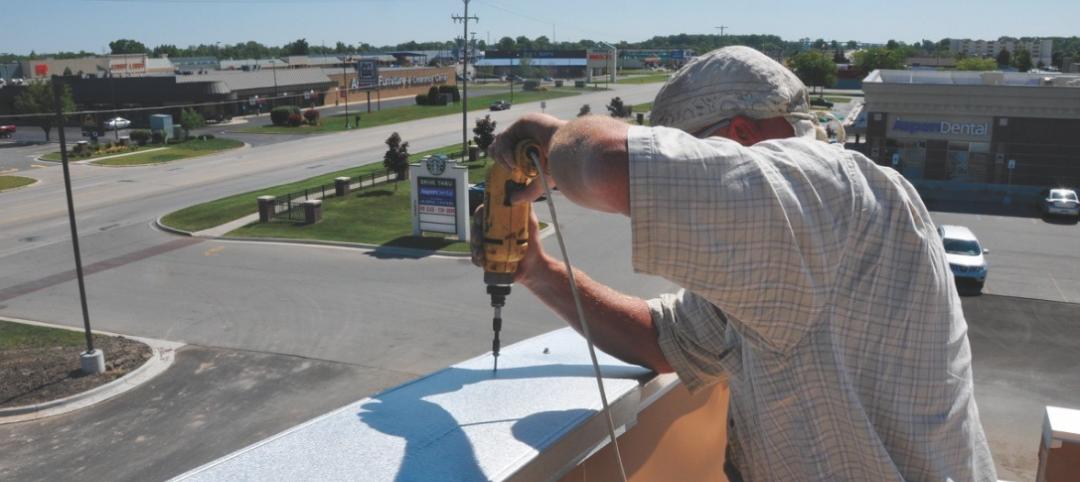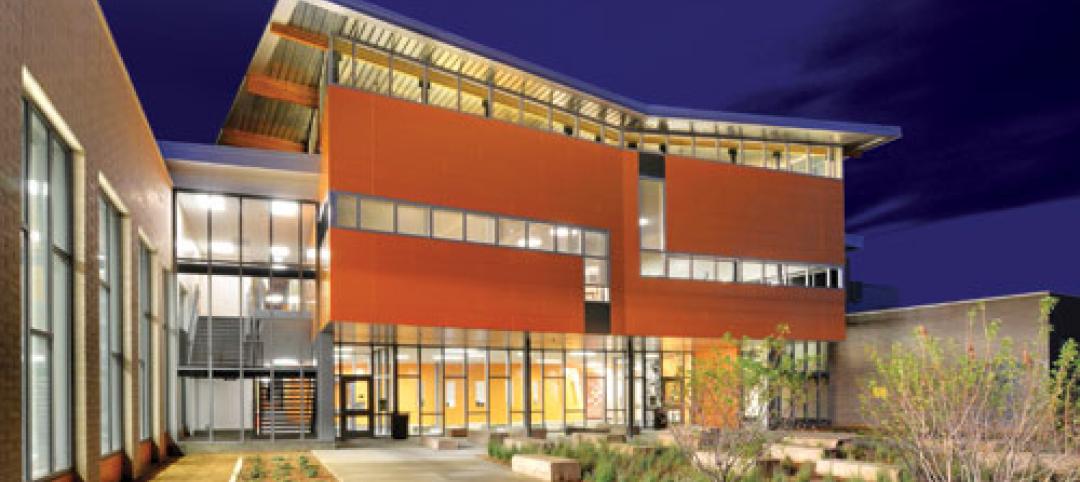Firestone Building Products Company LLC, a leading manufacturer and supplier of a comprehensive "Roots to Rooftops" system of building envelope solutions, has made a major investment in innovation with a new Global Technical Center. Following the completion of construction in spring 2012, the center is now fully staffed and operational with advanced analytical testing technologies in place. The center is located in Fishers, Ind., near Indianapolis.
"The Global Technical Center continues the company's long tradition of excellence in R&D," said Tim Dunn, President of Firestone Building Products. "The multimillion dollar investment in this state-of-the-art facility reflects our priority commitment to customers and to the continuous improvement of our products."
According to Jeff Henegar, Director of Research and Development at Firestone Building Products, the Global Technical Center has increased capabilities for compounding and prototyping as well as upgraded, advanced wind uplift testing systems.
"Firestone Building Products is one of the most trusted names in construction materials," said Henegar. "R&D led the way to new products like our ISOGARD HD Coverboard and UltraWhite Modified Bitumen Capsheet. We're excited that the Global Technical Center will serve as a springboard for cutting-edge discoveries leading to the next generation of products for the commercial construction market." +
Related Stories
Sponsored | Moisture Control/Building Envelope | Sep 11, 2017
Design and construction amnesia: We have lost our minds and it is causing catastrophic mold and moisture building failures
Not all buildings are created equal, some fail at alarming rates.
| Jun 13, 2017
Accelerate Live! talk: Next-gen materials for the built environment, Blaine Brownell, Transmaterial
Architect and materials guru Blaine Brownell reveals emerging trends and applications that are transforming the technological capacity, environmental performance, and design potential of architecture.
Sponsored | Moisture Control/Building Envelope | Dec 13, 2016
Understanding rainscreen wall systems
The basic idea of a rainscreen is to have an exterior surface – a cladding layer - that breaks the force of sideways, wind-driven water movement, so that any water which gets through the small breaches in the surface has lost its momentum.
| Jan 28, 2016
AIA CES class: The rainscreen approach to a better building envelope
Building envelope expert Bradley Carmichael of Hoffmann Architects explains how rainscreen wall systems work and evaluates the effectiveness of various rain-control methods, including mass walls, perfect barriers, and masonry veneers. This AIA/CES class is worth 1.0 learning unit.
Brick and Masonry | Feb 5, 2015
3D-printed 'cool brick' may provide cooling solution for arid locations
Cool Brick is made of porous ceramic bricks set in mortar. The bricks absorb water, which cools the air as it passes through the unit.
| Mar 20, 2014
Common EIFS failures, and how to prevent them
Poor workmanship, impact damage, building movement, and incompatible or unsound substrate are among the major culprits of EIFS problems.
| Mar 4, 2014
How EIFS came to America
Design experts from Hoffmann Architects offer a brief history of exterior insulation and finish systems in the U.S.
| Sep 20, 2013
Perimeter roof edge: The first line of defense in a wind event [AIA course]
Aside from the roof membrane itself, the perimeter roof edge is the most critical component of the roofing system. As such, it warrants more scrutiny when designing a roof system.
| Sep 15, 2013
How to build a rainscreen using fiber cement panels - AIA/CEU course
This course will review the cause and effects of moisture intrusion and explain how fiber cement panels can be used as a rain screen to reduce moisture build-up, rotting interior walls, and mold growth.
| May 14, 2013
Paints and coatings: The latest trends in sustainability
When it comes to durability, a 50-year building design ideally should include 50-year coatings. Many building products consume substantial amounts of energy, water, and petrochemicals during manufacture, but they can make up for it in the operations phase. The same should be expected from architectural coatings.



